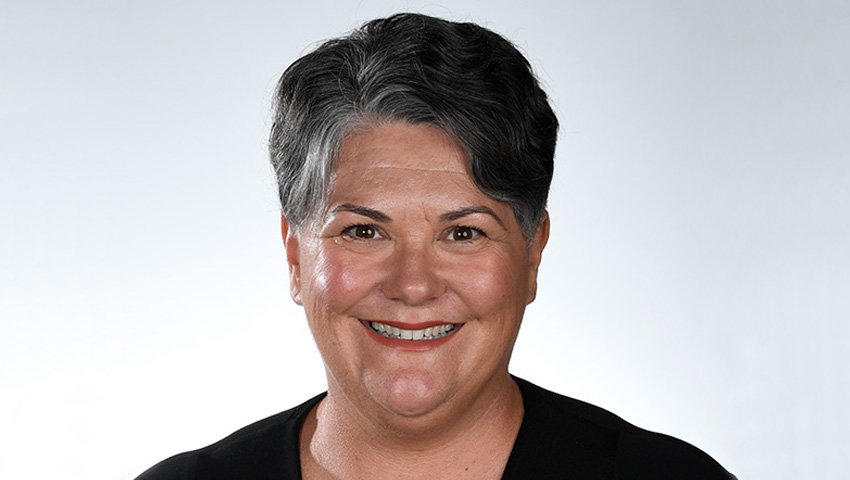Australian industry has a long tradition of building and supporting defence equipment and infrastructure and it is important to ensure the skills and knowledge in these industries are not lost.
Despite former Defence Minister Christopher Pyne’s claims in 2017 that the so-called ‘Valley of Death’ was over, the reality is that thousands of highly skilled and credentialled people were lost. Yet by the government’s own estimates, 5,200 construction workers will be required by 2026, with double that number needed for sustainment, supply chain roles and related industries.
In my view this shows a lack of forethought and vision, and raises the question: with government planning to spend $270 billion on defence capability over the next decade, will those dollars flow to Australian industry?
Often when we think of defence capability, we turn to discussions about equipment. We focus on the big-ticket items like fighter aircraft, submarines, tanks and other military hardware.
But a key issue that is often overlooked is people. Having the best equipment in the world means nothing if you do not have the people to fly, sail, drive, program and maintain it.
So a key question is whether Defence is making the necessary investments in recruiting, training and retention to ensure we have the defence personnel with the skills to effectively deploy new and existing assets.
There is no disputing Defence has recruitment and training challenges.
Existing personnel issues within the Navy, in particular, are significant. HMAS Perth, for example, has been in dry dock since 2016 as a result of crew shortages. In October, the Chief of Navy told Senate estimates that, “I guess the heart of the question is that it almost becomes irrelevant in terms of which ship we’re talking about” and that “currently I have six crews for eight frigates”. While Vice Admiral Michael Noonan was optimistic that on current projections crew shortages will be resolved by 2024, this is a deeply concerning state of affairs – and this is before we even consider the planned expansion of the frigate fleet to nine ships.
VADM Noonan’s comments highlight the urgency for improvements to recruitment and retention within Defence given the many years of training required for a cadet to be ready to serve aboard a ship. Moreover, the pressures on Navy’s workforce will only become more acute as the fleet expands in coming decades, including a doubling of the size of our submarine fleet. If Defence is to be able to meet these challenges, the government needs a plan and to commit to implementing it.
Despite the government’s insistence that its future recruitment targets will be met, the percentage of government spending on personnel is predicted to fall over the next decade from the current 32 per cent to just 26 per cent of the overall Defence budget. This is a significant reduction that raises serious doubts about the government’s ability to meet its own targets.
I have raised serious questions before about workforce trends in Defence, including an increasing reliance on external support. As the 2021 ASPI Cost of Defence report suggests, Defence’s reliance on its external workforce has increased to the point where consultants, contractors and outsourced service providers are now its second biggest ‘service’ at over 28,000 people.
Recruitment and training is costly, but we must get it right as people are the most important enabler to the defence of our nation.
So, how will Defence recruit and train it’s future force? How will Defence improve retention rates?
I have no doubt that these are questions that are being asked right now within Defence at all levels. I understand the issues are complex and the solutions will be challenging.
As shadow assistant minister for defence I have been tasked with asking these questions and I am excited at the prospect of being part of the solution.
In every forum I have been involved in since stepping into the role, when recruitment and retention have been raised, it is acknowledged that the problems are wide-ranging and that Defence must modernise its approach.
Flexibility in the workplace is what all modern organisations understand is essential if they are going to retain their skilled workforce. As people’s commitments change over time, so too should there be the ability to adapt their work practices. A single person certainly has different requirements to someone with a young family to consider and without the flexibility to adjust, your workforce will move on and their experience and knowledge will go with them. Young Australians accept that they are unlikely to have a job for life and most don’t want that. While the ADF has unique requirements, Defence needs to have the flexibility to accommodate the changing goals and aspirations of ADF members within a time frame that encourages them to stay.
The ADF is one of the most trusted institutions in Australia. Not only is our ADF a professional fighting force that punches well above its weight, both in outright effort and technical know-how, our forces are often relied upon, along with our excellent Reserve forces, in times of domestic crisis.
If Defence is to meet the challenges of the future and ensure value for the Australian taxpayer, we need people who are well educated from a young age who look to defence industry and military service as viable and desirable career paths. That will require close monitoring of standards, leadership from government, shrewd investment both in equipment and people, and fostering cultural change so that Defence personnel can reach their own potential as individuals, and as part of highly integrated and professional team.
It is my aim to ensure that wherever I can, the members of our defence forces are set up for success, as their success is also ours as a nation.
Meryl Swanson is a federal Labor MP, serving as the shadow assistant minister for defence, and deputy chair of the joint standing committee on foreign affairs, defence and trade.



